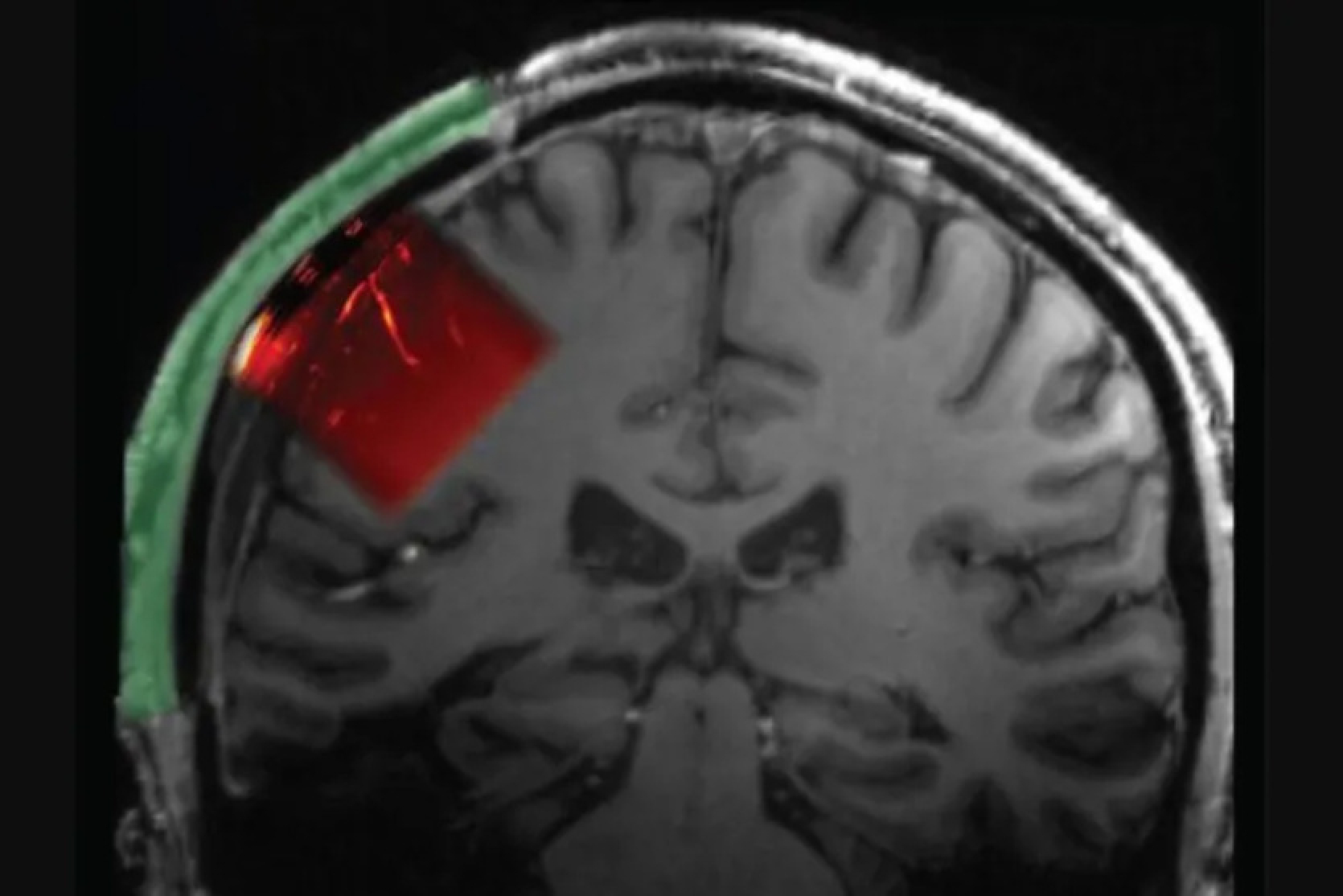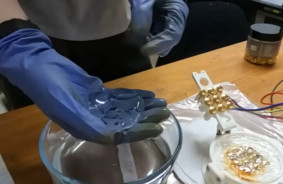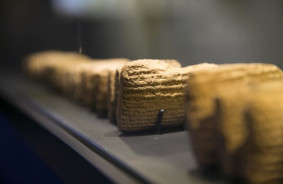For the first time, scientists have used ultrasound waves to peer into the brain of a living person. The brain activity of the man was recorded as he performed tasks outside of a medical facility, specifically playing a video game.
To achieve this, researchers implanted a material in the man's skull that allows ultrasound waves to pass into the brain. After passing through this "acoustically transparent" window, the waves reflected off tissue boundaries and returned to an ultrasound sensor connected to a scanner. The data obtained allowed scientists to create a picture of what is happening in the brain - similar to how ultrasound scans visualize a fetus in the womb.
A team from the California Institute of Technology and the University of Southern California observed changes in blood volume in the brain over time, scaling up in the area of the posterior temporal cortex and motor cortex, related to movement coordination. Assessing changes in blood volume is one way of indirectly tracking brain cell activity. When neurons are active, they require more oxygen and nutrients, which are delivered by blood vessels.
The new study builds on previous research on primates. Working with humans, scientists were able to use ultrasound imaging to accurately capture neuronal activity during video game play and guitar playing. The team published the study in the journal Science Translational Medicine.
Functional ultrasound visualization (ultrasound that tracks changes in blood volume in the brain) is considered a promising alternative to conventional brain imaging methods such as MRI. This method is more sensitive to changes in brain activity, and the resulting images have higher resolution. Additionally, the method does not require patients to lie still for long periods of time.
Thus, it is possible to track brain activity in patients in real conditions. This is also currently possible with electroencephalography, but EEG tracks electrical activity through the scalp and skull, so it is not very precise.
The human skull has always been a barrier to ultrasound waves. In the study, scientists overcame this obstacle by removing part of the skull. This was done for medical purposes to reduce pressure in the patient's brain after severe head injury. Typically, patients in such cases are fitted with a titanium mesh or custom-made implant. In this case, the team created an acoustically transparent implant. In the future, the new method may not be limited to patients with traumatic brain injury, say the study's authors.
Source: LiveScience














Comments (0)
There are no comments for now